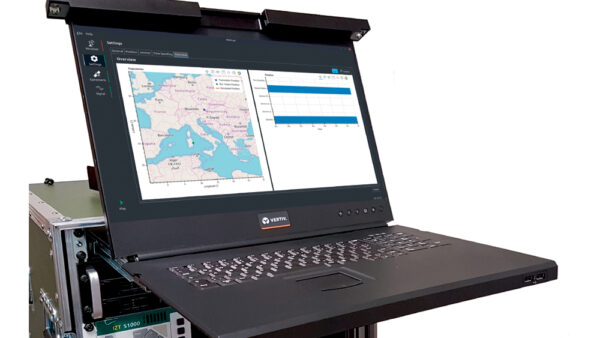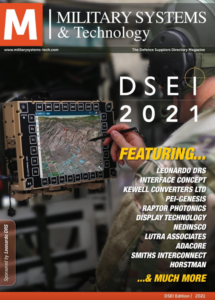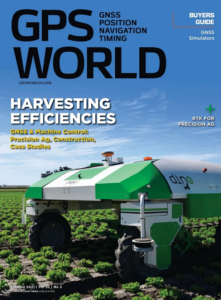GNSS / GPS Simulation
Why GNSS Signal Simulation?
For optimization of resources and time in development, qualification, and certification of GNSS equipment and GNSS applications.
GNSS equipment development requires testing under controlled conditions. Engineers, scientists, manufacturers, and system integrators involved in GNSS development must be able to control test conditions, repeat tests precisely, simulate new satellite constellations and signals in advance (before the systems and signals are even available), and perform realistic tests in GNSS denied environments (without a line of sight to the satellites).
With XPLORA system integrators, GNSS equipment manufacturers and users, governmental authorities, and armed forces in a navigation warfare scenario can harden their GNSS-based infrastructure or equipment against interference.

FAQs:
What is GNSS?
GNSS stands for Global Navigation Satellite Systems. Every such system consists of several satellites (usually approximately 30), which are moving in precisely defined orbits around the earth, and continuously send radio signals to earth (in a frequency range of approximately 1,2 to 1,6 GHz. These signals can be received on earth and also above earth (for example, in airplanes). When receiving signals from at least four satellites the receiver can calculate a position and the time.
There exist several GNSS in parallel: GPS (operated by the US), the European GALILEO, GLONASS (also known as “Russian GPS”), BEIDOU from China – all of them supplying global coverage. In addition there exist navigation satellite systems that use the same mechanisms like the aforementioned GNSS, but cover only specific regions on the globe, like the Japanese QZSS system and Navic from India.
What is a GNSS signal simulator?
A GNSS signal simulator is a system that creates signals equal to real-life-GNSS-signals, based on mathematical models and inputs from users. Such systems can be merely software-based or can also create physical RF-signals. The signals created by a GNSS signal simulator correspond to those a GNSS-based device would receive in real life under the conditions defined in a specific test scenario.
What is the main purpose of a GNSS signal simulator?
GNSS signals are used in extremely many different applications for the determination of position and or/time.They are used, for example, for navigation in automotive, maritime or aerospace industry, for precise timing in power distribution networks and finance industry, for surveying purposes, for tracking of valuable assets like cars and machinery, and many other purposes. All devices and systems which use GNSS technology for positioning and/or timing must be tested for ensuring a reliable, safe operation.
Products and systems relying on GNSS technology for positioning and/or timing have to be tested thouroughly before putting them into operation. As the possibilities for comprehensive testing in real life are very limited, the use of a GNSS simulation system is the perfect option for ensuring a high coverage of test scenarios, efficient execution of many test cases, having in mind the requirement to standardize and repeat tests.
Why GNSS simulation is important? / What are the benfits of GNSS simulation?
For systematic testing standardization and repeatability are key elements. These cannot be achieved in real life. A GNSS signal simulator can expose a GNSS-based device to a wide range of different environmetal conditions, like, for example, different atomspherical conditions, obstruction and refelction of GNSS signals in urban canyons, different visibility of satellites in different locations on the global at different points of time, etc.
In addition to many natural factors, which have a significant influence on the quality of GNSS signals received on earth, there exist also intentional interferences which can seriously put at risk the quality of GNSS-signals, like jamming and spoofing. Test scenarios which include jamming and/or spoofing in real-life in most countries can be carried out only with specific licences by the corresponding authorities and/or only with specific, cost-intensive infrastructire (like, for example, anechoic chambers). Therefore tests for hardening GNSS-based equipment against such vulnerabilities is much more efficient when using a GNSS signal simulator.
As a resumee: GNSS signal simulators contribute to safety, security and reliabilty of GNSS-based equipment. And they do this in a fast, cost-effective way.













